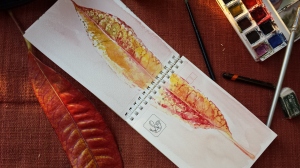Nithakhong Somsanith was born in Laos in 1959 and as a member of the Lao Royal family he learned the courtly tradition of gold and silver thread embroidery , Silapa pak dinh from his grandmother. Sumptuous costumes were woven and embroidered for the royal family: invested symbols of status, power and spiritual meaning.
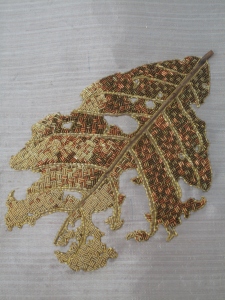

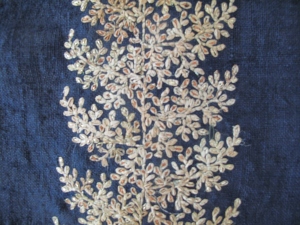
After the abolition of royalty the courtly crafts declined as they were seen to be ostentatious and irrelevant to the ideals of the new government.
In 1985 Somsanith went to study in France but returned to Laos to promote traditional arts and continue embroidery. Between 2004 and 2008 Nith participated in a contemporary art project “The Quiet in the Land”, collaborating with Vietnamese artist Dinh Q. Le insert e acute. Together they produced a series of work exploring issues around tradition and modernisation in Luang Prabang. Le made a series of computer aided drawings focussing on continuing culture and introduced technologies. Somsanith worked on translating the images into fabric and thread, dealing with challenges of scale and interpretation of non-traditional motifs. “The Banners of Luang Prabang”, 2005 has over 40 funeral banners embroidered in silver and gold evoking the death of traditions. “Inner Self and Outer World”, 2005 focuses on meditation huts and contrasts with a mass of satellite dishes mounted on tall poles. The work represents the quiet reflection of monks and the influx of information about the outside world through tv. In the third work “The Blessing of the Land”, 2006 the traditional hang lin vessel used to sprinkle holy water in ceremonies has a profusion of water raining down on the community expressing the struggle with tradition and modernity. This project moved the traditional embroidery into a contemporary art context.

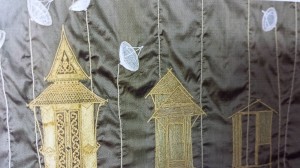
In addition, new markets are opening up for wedding and special occasion attire, objects used in Buddhist rituals and tourist products. The metallic thread work although no longer associated with royalty continues to mark ceremonial occasions and is symbolic of wealth and status.
Also part of The Quiet in the Land’s 3rd project was the collaboration between artist Janine Antoni and H’Mong embroiderers Mo Ly and Xia Song resulting in the dialogue in fabric and stitch “To Ply”, 2006.
Antoni showed H’Mong minority women in the Luang Prabang market needlework that her grandmother had made and instantly formed a connection through their mutual interest in textiles. She spent time learning H’Mong stitching and telling stories with the women in the market and later exchanged and responded to each other’s work. The resulting pieces of textiles encompass both western contemporary embroidery and the conventions of H’Mong embroidery, applique and story cloths. The work sits within a contemporary art framework, far removed from the work the women sell in the market to tourists.
The Quiet in the Land. A project by France Morin. Catalogue edited by France Morin and John Alan Farmer.
Published by The Quiet in the Land Inc. NY NY 2009 see page 213 artist travellers order for library.

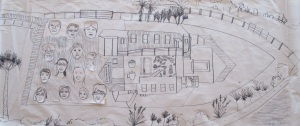

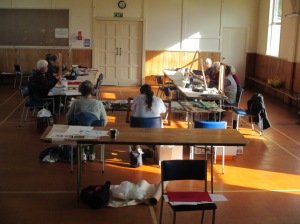


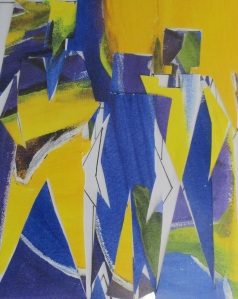

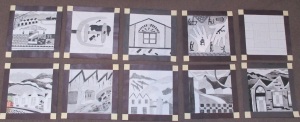








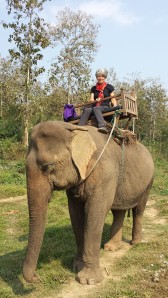
![03[1]](https://valeriekirktapestry.files.wordpress.com/2014/05/031.jpg?w=300&h=147)








